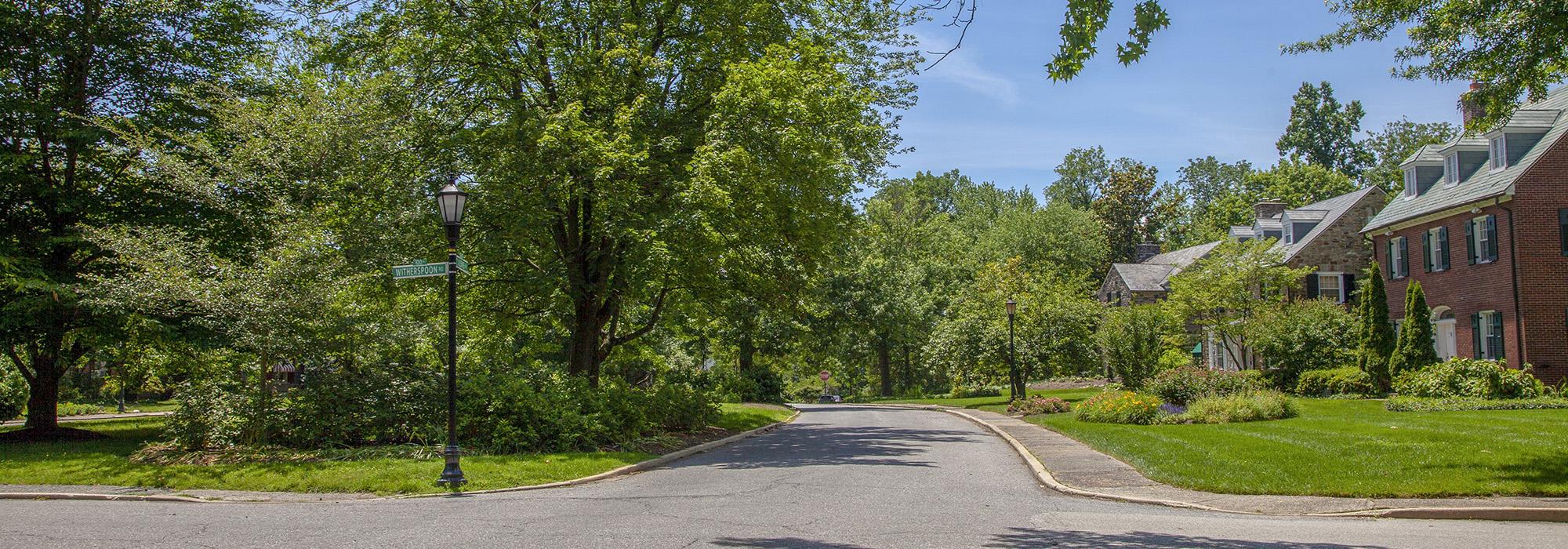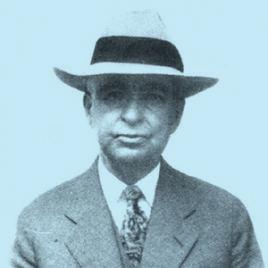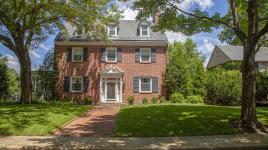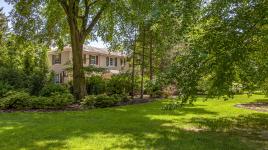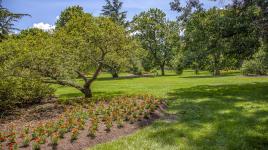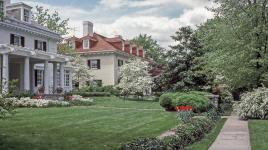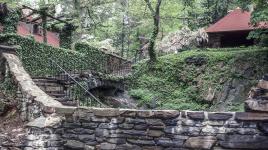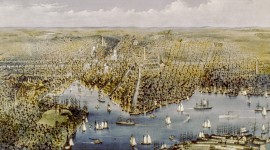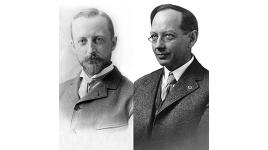Pioneer Information
Born in Kansas City, Missouri, Bouton worked in a grocery business after graduating from high school and studied law at night. Having raised livestock in Colorado for a time, he returned to Kansas City in 1885 and embarked on a long career in land development. After relocating to Baltimore, Maryland, he became the general manager of the Roland Park Company in 1891 and began to develop the 800 acres that originally constituted the Roland Park suburb. Bouton collaborated with several landscape architects on the suburb’s design, including George Kessler, who created the first plat for Roland Park on the east side of Roland Avenue; Frederick Law Olmsted, Jr., and the Olmsted Brothers firm, which, in 1897, designed the steeper inclines to the west; and Charles Platt, who developed Goodwood Gardens in Plat 2. In his work with the Roland Park Company, Bouton went on to create the upscale Baltimore neighborhoods of Guilford and Homeland, both in collaboration with Olmsted Brothers. He also established the Baltimore-Roland Park Street Railway Company, which constructed the Guilford Avenue viaduct and was tasked with connecting Baltimore’s downtown to the new suburb and the Roland Park Shopping Center. All of Bouton’s suburban neighborhoods were strictly residential and excluded commercial activity. Recent research has also shown that, against the backdrop of Jim Crow, the Roland Park Company used deed restrictions to prevent African Americans and Jews from residing in the communities it developed. Bouton died at the age of 81 and is buried in Baltimore’s Druid Ridge Cemetery.



